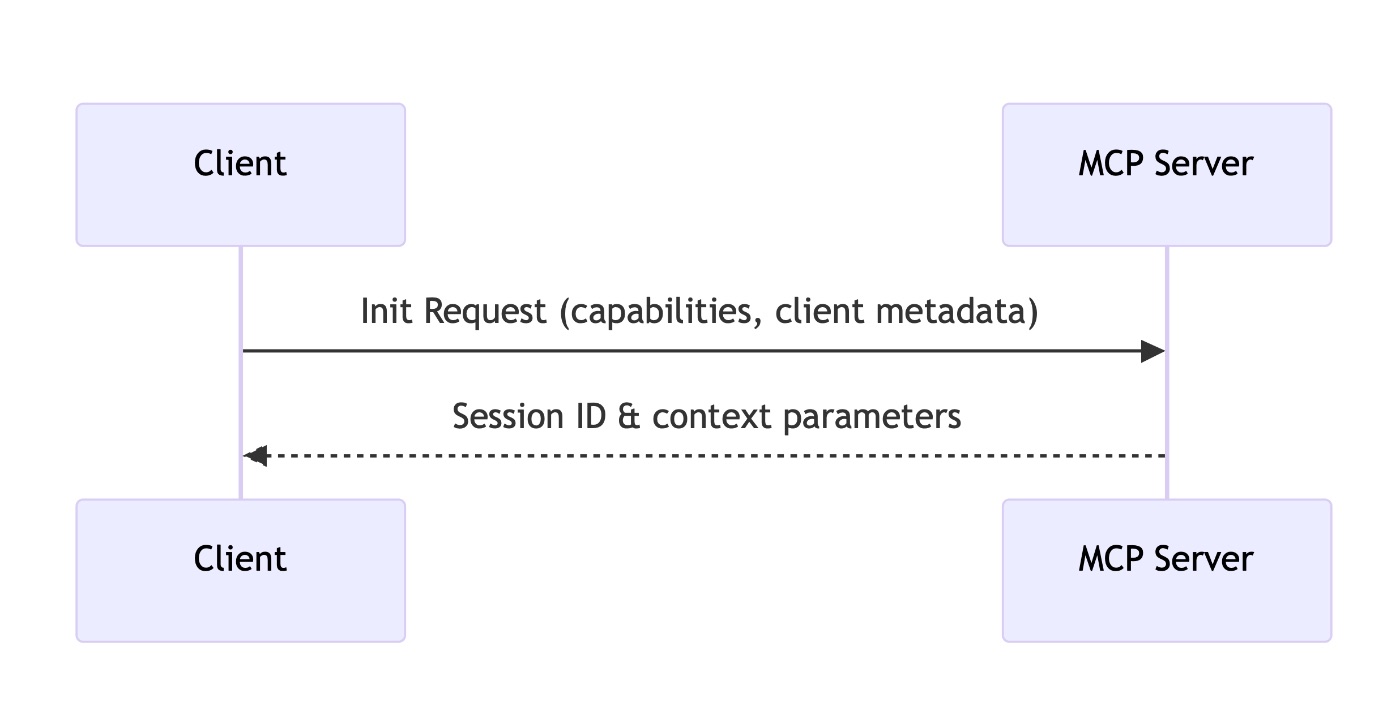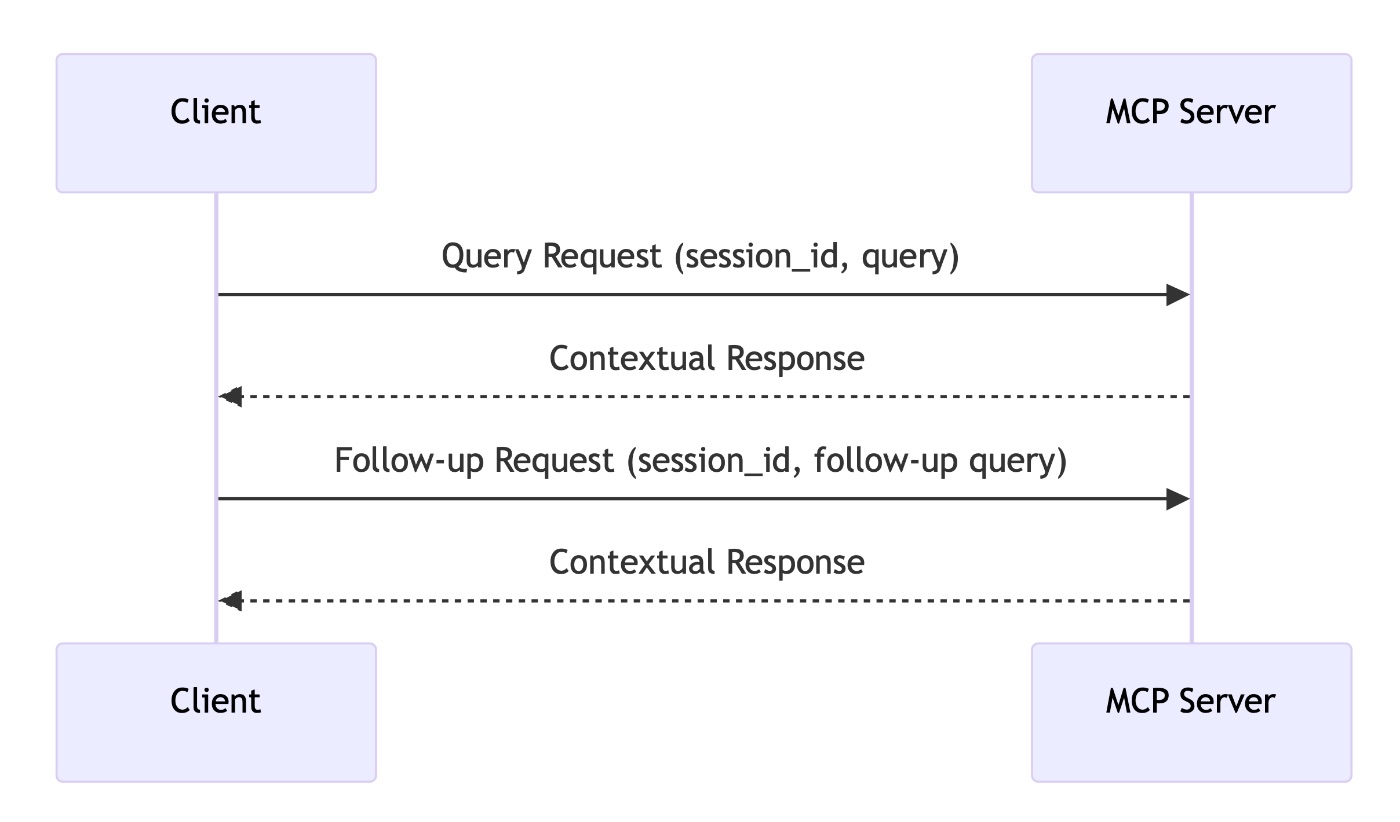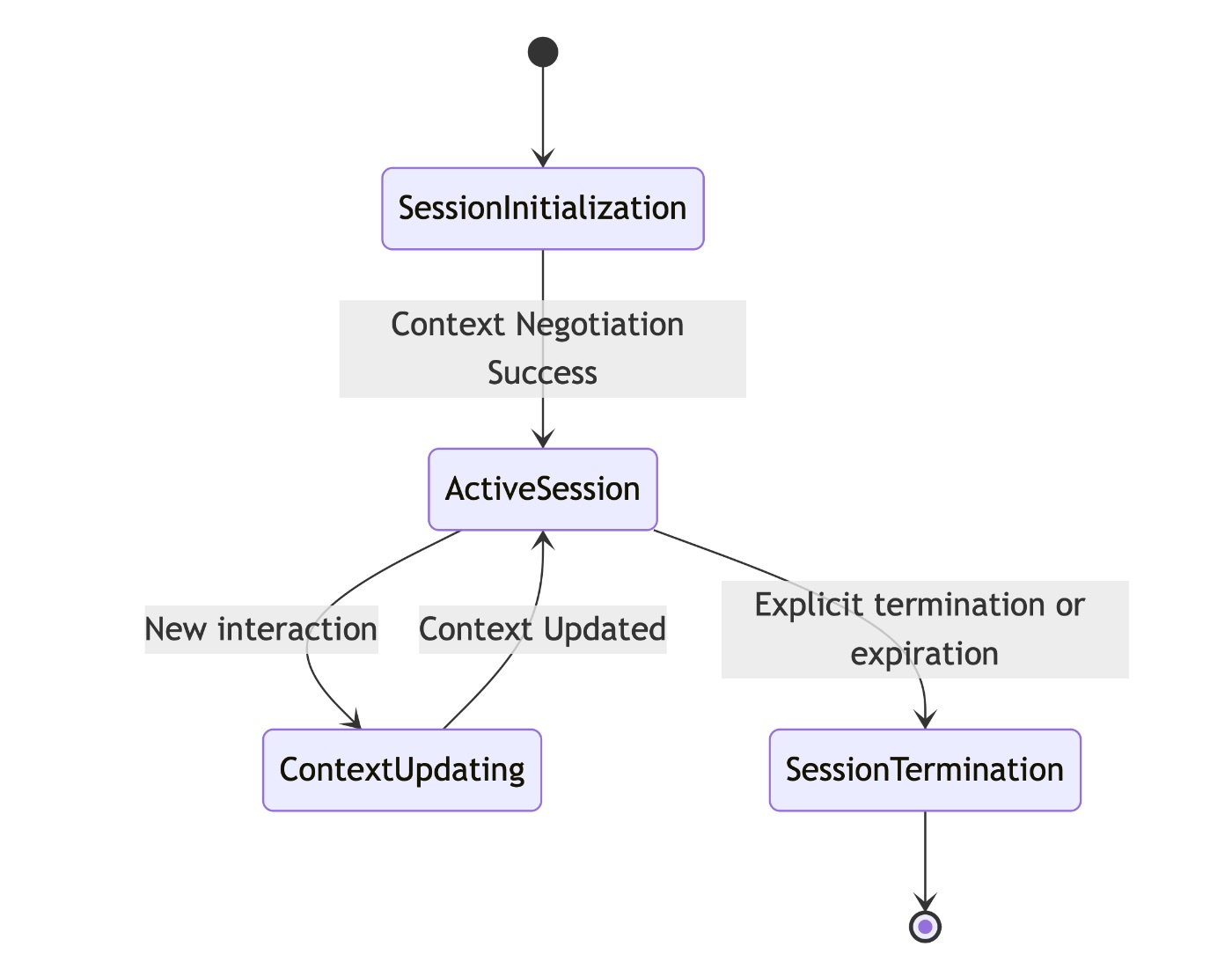and the distribution of digital products.
DM Television
A Blueprint for Context-Aware AI Chats
If you've been wrestling with how to make AI conversations feel less like a series of one-off questions and more like a genuine, flowing dialogue, you're in the right place. We're seeing AI-driven chats pop up everywhere, from customer support bots to sophisticated virtual assistants. But making them truly smart and coherent? That's where things get tricky, especially when it comes to remembering what's been said.
This article dives into the concept of a Model Context Protocol (MCP) – an idea for a more standardized way to manage the back-and-forth between your applications and large language models (LLMs). Think of it as a blueprint for smarter, stateful interactions.
Why do we even need to talk about a new protocol idea? Well, the usual suspects, like REST APIs, are fantastic for many things, but they often treat each request like it's the first. This can lead to clunky, forgetful conversational experiences. MCP, or a protocol built on its principles, aims to fix that by providing a robust framework to keep track of the conversation's history and flow, making interactions smoother, quicker, and just plain better.
So, What's the Big Idea Behind MCP? Core ConceptsAt its heart, an MCP-like system is all about managing the 'who, what, when, and where' of a conversation – its context. Let's break down how it might work:
- Kicking Things Off: Context Initialization Imagine a handshake. When your app first connects to an LLM service using an MCP approach, they'd negotiate. What can each side do? What are the session's ground rules (e.g., how much "memory" should the conversation have, or what specific AI features are needed, like summarizing previous turns)? This initial setup ensures everyone's on the same page, which means fewer crossed wires and more accurate responses down the line.
- Keeping the Thread: Stateful Context Management Once the chat is rolling, MCP’s job is to dynamically keep track of what's happening. Each turn, each piece of information, builds upon the last. This is what allows an AI to "remember" you asked about Python in the last message when you now ask, "What about its web frameworks?". It’s about explicitly referencing past parts of the dialogue, ensuring the conversation feels like it has a memory and stays consistent.
Good question! REST APIs are the workhorses of the web, but their stateless nature is their Achilles' heel for complex conversations. Each time your app talks to the LLM via a typical REST API, it often has to repackage and resend a whole lot of context. The client-side logic to manage this state manually can become a real headache, bloating your code, slowing things down, and opening the door for annoying inconsistencies.
An MCP approach, by design, would handle this state management more elegantly, likely on the server side. Picture built-in session persistence where the server remembers the ongoing conversation. This could drastically simplify your client code, make your app more reliable, and deliver that seamless conversational flow users expect. You'd spend less time juggling state and more time building cool features.
Peeking Under the Hood: A Technical Glimpse of an MCPIf we were to design an MCP, what might it look like?
Protocol Structure: MCP messages would likely use common formats like JSON or Protobuf – easy to work with and efficient. Each message would probably have:
Headers: For metadata like a unique session_id (crucial for remembering the conversation), authentication tokens, or capability flags.
Body/Payload: For the actual data, like the user's query or the LLM's response.
The lifecycle would follow a familiar pattern:
- Initiation: Client requests to start a new context-aware session.
- Negotiation (Initial & Ongoing): Capabilities are agreed upon (e.g., "Can you summarize previous turns?"). This might even allow for changes mid-session if the protocol is flexible.
- Contextual Exchanges: The actual back-and-forth, where each message is tied to the session and updates the context.
- Teardown: Explicitly ending the session, perhaps with options for how an LLM should "forget" or archive the context.
- Example MCP-Style Interaction (Python Conceptual): Let's imagine MCP operating over HTTP for simplicity. The key is the structure of the requests and the server's stateful behavior, not necessarily a brand-new transport layer.
Simple Interaction Flow:

Stateful Interaction Flow:

\
The benefits of robust context management are huge:
- Smarter Virtual Assistants: Think Siri, Alexa, or Google Assistant. A protocol like MCP could help them have much more natural, extended conversations, remembering your preferences and past interactions without you having to repeat yourself constantly.
- Helpful Customer Support Chatbots: We've all been frustrated by bots that forget what we said two messages ago. MCP principles could allow them to maintain a thread across the entire support session (and maybe even past ones, with user consent!), leading to actual solutions instead of loops of frustration.
- Interactive Learning Tools: Imagine an AI tutor that remembers your learning progress, areas you struggled with, and tailors new information accordingly. That level of personalization hinges on solid context management.
Handling conversational context means handling data, some of which could be sensitive. Security would be non-negotiable for any MCP implementation:
- Who Are You? Authentication: Solid mechanisms like OAuth 2.0 tokens or robust API keys are a must to ensure only authorized clients can initiate and participate in sessions.
- What Can You Do? Authorization: Beyond just identifying the client, the system needs to check what actions they're permitted to perform on a given context.
- Keeping Conversations Separate: Context Isolation: Absolutely critical. Each session's context must be walled off from others to prevent data leaks. Think strict data boundaries.
- Protecting Data: Encryption: Data should be encrypted both in transit (using TLS, as MCP messages would likely travel over HTTPS) and at rest (if the server stores session contexts for any duration).
- Data Minimization & Retention: MCP designs should encourage holding onto context only for as long as necessary and provide clear ways for data to be expired or deleted, aligning with privacy regulations like GDPR or CCPA.
Stateful protocols do add some overhead – the server has to store and manage that context. But there are ways to keep things running smoothly:
Smart Session Handling: Think about efficient ways to reuse sessions if it makes sense, or quickly retrieve context (e.g., from a fast cache like Redis or an in-memory store for active sessions).
Don't Be a Data Hoarder: Context Pruning & Expiration: Not all context is valuable forever. Implement strategies to automatically trim older or less relevant parts of the context, or expire entire sessions after periods of inactivity. This keeps resource usage in check.
Balancing Act: It’s about finding the sweet spot between rich context and lean performance. Sometimes, sending a diff of the context rather than the whole thing might be an optimization.

\
Tips for Anyone Building or Using an MCP-like SystemIf you're thinking about implementing or adopting principles from an MCP:
- Server-Side is Often Simpler (for the Client): For really complex back-and-forth, letting the server manage the bulk of the context usually makes client-side development easier. The client’s main job becomes sending clear updates and queries.
- Log Everything (Wisely): Debugging conversational AI can be a beast. Good logging, perhaps even with session replay capabilities (with privacy in mind!), can be a lifesaver.
- Test, Test, Test: Build a comprehensive testing framework. Think about unit tests for context transformations and integration tests for full conversational flows.
- Be Specific with Context: Don't just throw everything into the context. Encourage targeted, incremental updates. For example, instead of resending the entire chat history, perhaps just send key entities, summaries, or the last N turns, as defined by the session's negotiation.
While "MCP" as a single, universally adopted standard isn't here today, the principles behind it are definitely where the industry is heading. We're seeing more sophisticated context management in proprietary LLM APIs, and the developer community is constantly innovating.
The future likely holds:
- More advanced techniques for context compression and relevance detection.
- Greater standardization in how applications signal context needs to LLMs.
- Better tools for debugging and managing conversational state.
The collective push from developers for better conversational AI will drive these advancements. Sharing ideas and best practices around concepts like MCP will be key.
Wrapping Up: Why This Matters for DevelopersThe idea of a Model Context Protocol isn't just an academic exercise. It's about tackling a real, practical challenge: making our AI conversations better, smarter, and more human-like. While REST APIs will always have their place, a dedicated approach to managing conversational state offers clear advantages for building the next generation of AI applications.
If you're building apps that need rich, continuous dialogue, start thinking about these principles. Consider how a more structured approach to context could simplify your development, scale your application, and ultimately, give your users a much better experience. The journey towards truly natural conversational AI is ongoing, and robust context management is a massive part of getting us there.
\
- Home
- About Us
- Write For Us / Submit Content
- Advertising And Affiliates
- Feeds And Syndication
- Contact Us
- Login
- Privacy
All Rights Reserved. Copyright , Central Coast Communications, Inc.